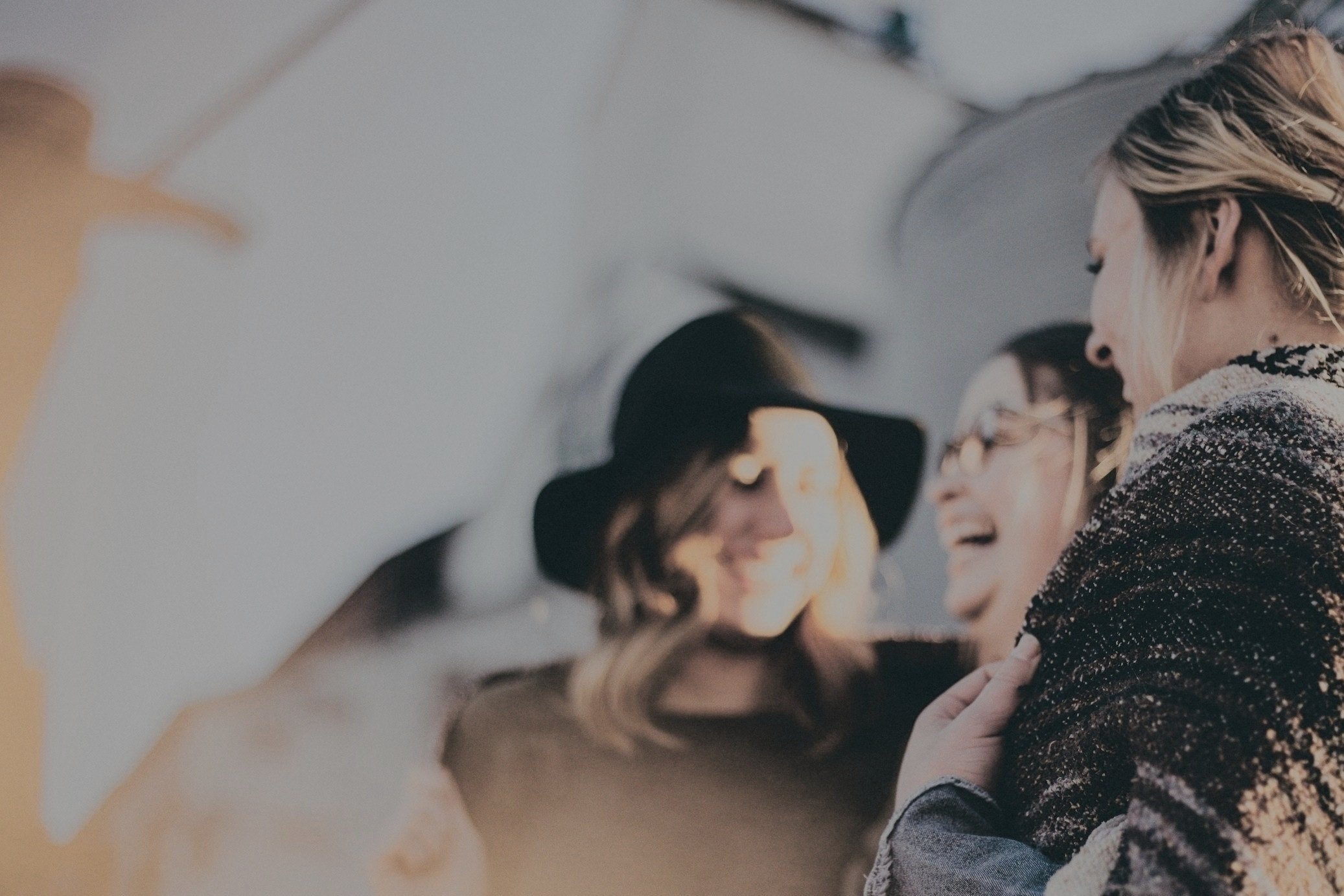MENTAL HEALTH | COMMUNITY | HEALING | ANXIETY | GRIEF | DEPRESSION Our Journal
Real people.
Real stories.
The latest

Visualization for Healing: Using the Mind to Build Resiliance
Picture this: You’re seated in a cozy, quiet room—a space that feels like the sitting room or library from a Clue board game. Leather-bound books line rich mahogany shelves. You sink into a soft antique leather couch. Now, imagine a warm, golden wave of light flowing through your body—a soft tide gently washing away tension from your head down to your toes. As this light moves through you, feel every muscle loosen and lengthen, releasing all strain.
This isn’t just a comforting daydream. You’re tapping into one of the most powerful, yet underrated, tools for healing: visualization. Top performers like Sara Blakely, Michael Phelps, and Simone Biles credit visualization as a cornerstone of their success.

Why We Heal Better Together: The Physiological Benefits of Community
We hear it all the time: "Connection is medicine." But this isn’t just a feel-good mantra—it’s a biological truth. Humans are wired for connection. Relationships don’t just enrich our lives; they regulate our nervous systems and strengthen our bodies. Yet, despite being more digitally connected than ever, people are becoming lonelier.
A 2021 Harvard study found that 36% of all Americans—including 61% of young adults—report feeling "serious loneliness." In-person social interactions have declined significantly, with more people working remotely and socializing less frequently in physical spaces. Let's dive into why healing together isn’t just helpful—it’s essential.








